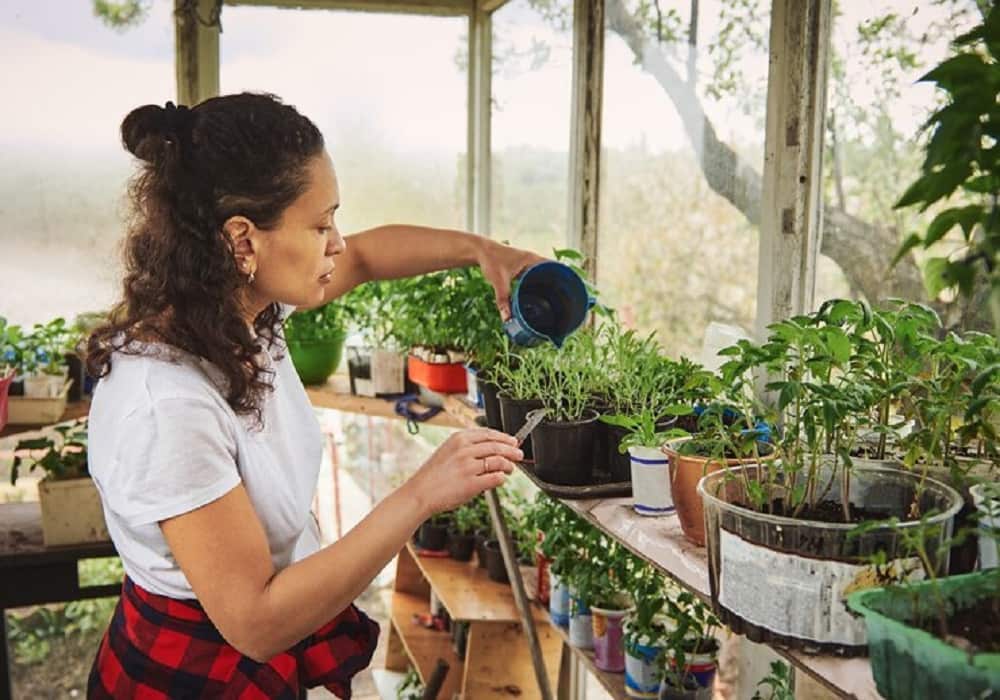Gardening for Beginners in India: Grow Your Own Fresh Veggies
Gardening is a fulfilling and enjoyable pastime, particularly for novice gardeners in India eager to cultivate their own fresh vegetables. With the proper guidance, anyone can establish a successful garden, whether it’s in a backyard, on a balcony, or in compact pots. This article will provide practical tips and ideas for initiating gardening for beginners in India and growing your own nutritious vegetables.
Why Begin Gardening as a Beginner in India?
Growing your own vegetables delivers numerous advantages, particularly in India. Primarily, home-grown vegetables are fresh, nutritious, and free from harmful chemicals. Furthermore, gardening can decrease grocery expenses and provide a gratifying hobby that connects you with nature. The diverse climate in India permits a wide range of vegetables to be cultivated, making it an excellent location for gardening enthusiasts, even those just starting.
Getting Started: Essential Gardening Tools for Beginners
Before embarking on your gardening journey, it is crucial to have the appropriate tools. For beginners in India, these fundamental tools will streamline your gardening experience:
- Shovels and Trowels: For effectively digging and planting.
- Watering Can or Hose: For consistently watering your plants.
- Pruning Shears: To carefully trim plants and harvest vegetables.
- Gloves: To safeguard your hands from dirt and thorns.
- Soil Tester: To assess the pH and nutrient content of your soil.
Selecting the Optimal Location for Your Garden
The location of your garden is vital to the success of your plants. In India, you have various options to consider:
- Backyard Gardens: If you have a backyard, this offers an ideal location for cultivating a wide range of vegetables.
- Balcony Gardens: For those residing in apartments or urban areas, balconies are well-suited for container gardening. Utilize pots, hanging baskets, or vertical planters to maximize your space.
- Terrace Gardens: If you have access to a terrace, this allows for a broader selection of vegetables and even small fruit trees.
Ensure your garden receives sufficient sunlight for at least 4-6 hours each day. Most vegetables, including tomatoes, chilies, and leafy greens, flourish in full sun.
Choosing the Appropriate Vegetables for Beginners in India
One of the most enjoyable elements of gardening for beginners in India is the extensive variety of vegetables that can be cultivated. However, it’s important to begin with easy-to-grow options that thrive in India’s diverse climate. Here are some vegetables particularly suitable for novices:
- Tomatoes: Tomatoes are straightforward to cultivate and flourish in India’s sunny conditions. You can start with seeds or small plants. Using containers or raised beds ensures excellent drainage.
- Spinach: This leafy green is ideal for beginners. It grows quickly and requires minimal upkeep. You can sow seeds directly into the soil or into containers.
- Lettuce: Lettuce is another simple vegetable to grow, needing little effort. It is well-suited for container gardening and can thrive in cooler temperatures, making it ideal for various regions in India.
- Chilies: Indian cuisine heavily features chilies, and growing your own can be immensely rewarding. Opt for small, bushy varieties that succeed in pots and ensure sufficient sunlight.
- Carrots: Carrots do best in well-drained soil, requiring a bit of patience. They are excellent for beginners and can be cultivated in containers or raised beds.
- Beans: Beans are simple to grow in India’s climate and require very little care. They can be planted in compact spaces, such as vertical gardens or hanging pots.
Preparing Your Garden’s Soil
The soil serves as the essential foundation for any garden, making its proper preparation imperative. In India, soil types vary across regions; however, most vegetables thrive in loamy, well-drained soil. Below are steps to effectively prepare your garden soil:
- Soil Loosening: Employ a shovel or trowel to aerate the soil, enhancing both water retention and air circulation.
- Incorporate Organic Matter: Blend in compost, cow dung, or organic fertilizers to enrich soil fertility. This addition will supply vital nutrients required by your plants.
- Assess Soil pH: Certain vegetables, such as tomatoes and beans, prefer slightly acidic to neutral soil (pH 6-7). Utilize a soil tester to evaluate the pH level and adjust it with organic amendments if necessary.
Watering Guidelines for Novices
Watering is a pivotal aspect of gardening. Improper watering—whether excessive or insufficient—can adversely affect plant health. Here are some effective watering strategies:
- Morning Watering: Early morning is the optimal time for watering your plants, as it minimizes evaporation and allows plants to absorb moisture before peak temperatures.
- Target the Roots: Prioritize watering at the plant’s base while avoiding leaf wetting to mitigate the risk of fungal infections.
- Evaluate Soil Moisture: Prior to watering, check the soil’s moisture by probing your finger into the soil. If it feels dry an inch beneath the surface, it’s time to provide water.
Managing Pests and Diseases
Pest and disease management is crucial for novice gardeners. In India, prevalent pests like aphids, caterpillars, and mealybugs can target vegetable plants. To manage these threats:
- Utilize Natural Remedies: Neem oil or garlic spray can serve as effective natural pesticides, ensuring safety for both your plants and the environment.
- Prune Infected Leaves: Trim any affected foliage to restrict the propagation of diseases.
- Encourage Beneficial Insects: Grow flowers such as marigolds to attract beneficial insects like ladybugs, which prey on aphids.
Harvesting Your Vegetables
When your vegetables are ready, it’s time to harvest! The harvesting timeline varies by vegetable type, but generally:
- Tomatoes: Harvest when they have reached full ripeness and developed a rich red color.
- Spinach and Lettuce: Collect leaves while they are still young and tender.
- Carrots: Retrieve them when they attain the desired size and coloration.
Conclusion: Savor the Rewards of Your Efforts
Engaging in gardening in India offers a gratifying experience, enabling you to cultivate fresh vegetables at home. Equipped with appropriate tools, knowledge, and nurturing practices, you can establish a thriving garden that provides both aesthetic appeal and nutritional benefits. Regardless of whether you possess a spacious backyard or a petite balcony, there is always the opportunity to cultivate your own vegetables and relish the satisfaction of consuming what you have nurtured.






